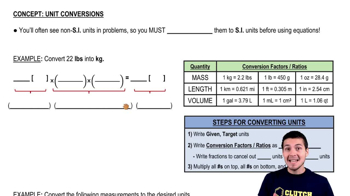Here are the essential concepts you must grasp in order to answer the question correctly.
Carnot Efficiency
Carnot efficiency is the maximum possible efficiency of a heat engine operating between two thermal reservoirs. It is defined by the formula η = 1 - (T_c / T_h), where T_c is the absolute temperature of the cold reservoir and T_h is the absolute temperature of the hot reservoir. This concept highlights the relationship between temperature and efficiency, emphasizing that higher temperature differences can lead to greater efficiency.
Recommended video:
The Carnot Cycle and Maximum Theoretical Efficiency
Thermal Reservoirs
A thermal reservoir is a large body that can absorb or supply heat without undergoing a significant change in temperature. In the context of a Carnot engine, the hot reservoir provides heat to the engine, while the cold reservoir absorbs waste heat. Understanding the properties of these reservoirs is crucial for analyzing the performance and efficiency of heat engines.
Recommended video:
Temperature Conversion
Temperature conversion is the process of changing temperature values from one scale to another, commonly from Celsius to Kelvin in thermodynamic calculations. Since the Carnot efficiency formula requires absolute temperatures, it is essential to convert Celsius temperatures to Kelvin by adding 273.15. This conversion is vital for accurately applying the Carnot efficiency equation and solving related problems.
Recommended video:



